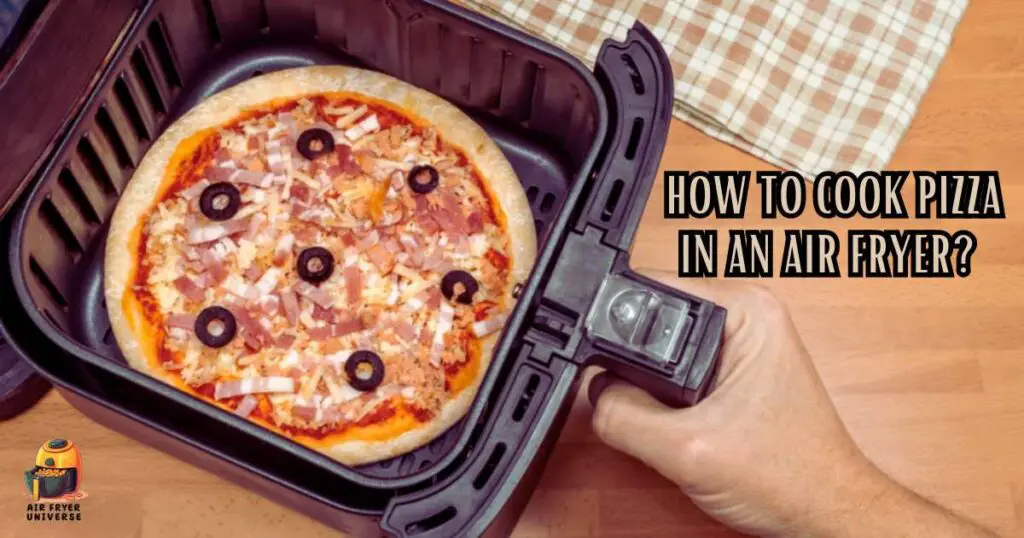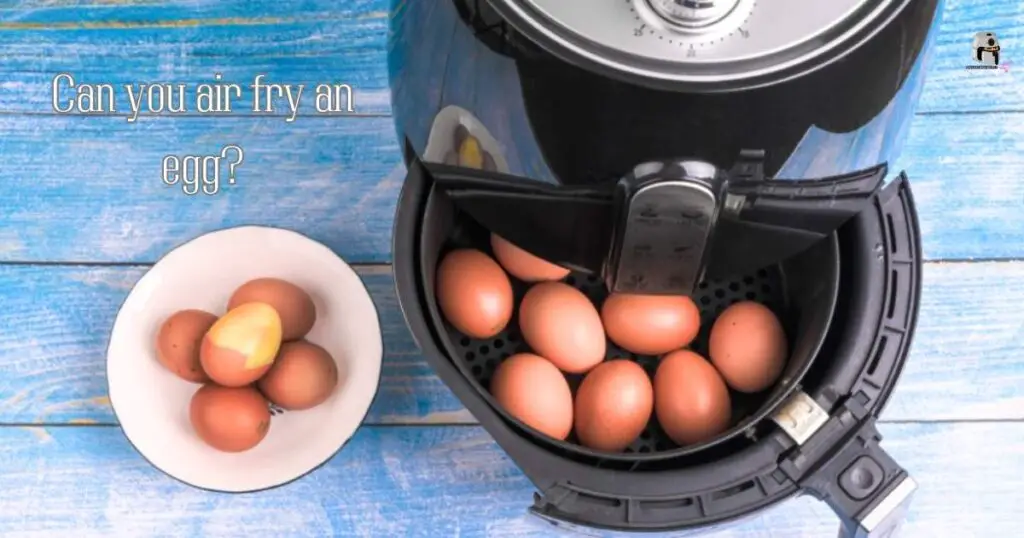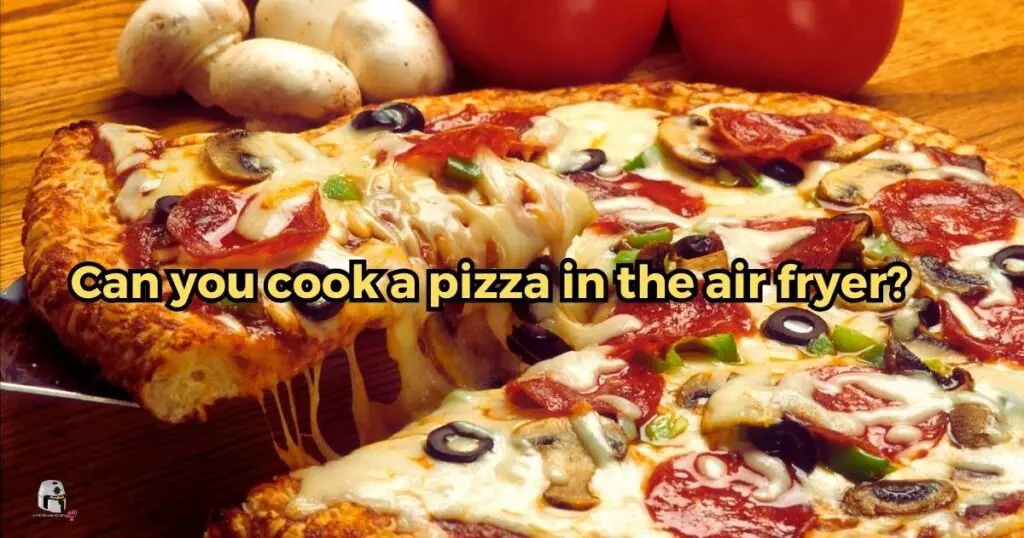Table Of Contents
Preheat your air fryer to 375°F (190°C), ensuring a well-oiled basket to prevent any sogginess in your pizza crust. After patting the mozzarella dry, roll out the pizza dough to perfectly fit the air fryer basket. Gently transfer it, brushing with a teaspoon of olive oil, and let it cook for a quick 3 minutes. Add a delicate layer of tomato sauce and scatter chunks of buffalo mozzarella onto the partially cooked crust.
Continue baking for approximately 7 minutes until the crust achieves a delightful crispiness and the cheese transforms into a melty perfection. For a finishing touch, consider adding basil, grated parmesan, and a sprinkle of pepper flakes just before serving.
Looking for that perfect air fryer for pizza? Here are the top 3 brands we recommend:

- 2 Independent Baskets
- Smart Finish & Match Cook
- XL Capacity
- Up to 75% Less Fat

- Intelligent Shutoff
- Precise Temperatures
- LED Shake Reminder
- Family-Sized Cooking

- TurboBlaze Technology
- 5-Fan Speed System
- 6-Quart Square Basket
- 95% Less Oil
How to Cook Pizza in Air Fryer

Creating a delicious air fried pizza is a breeze with these easy to follow steps and a just handful of ingredients:
Ingredients:
- Buffalo mozzarella
- Pizza dough: (1 12-inch dough yields 2 personal-sized pizzas)
- Olive oil
- Tomato sauce
- Optional toppings: parmesan cheese, pepper flakes and fresh basil.
Instructions
- Prep: To begin, heat your air fryer to 375°F (190°C). Ensure a non-stick surface by generously spraying the air fryer basket with oil. Pat the buffalo mozzarella dry with paper towels to prevent any unwanted sogginess.
- Cook Crust: Roll out the pizza dough to match the size of your air fryer basket. Gently transfer the dough to the air fryer and lightly brush it with a teaspoon of olive oil. Allow for 3 minutes of cooking time.
- Assemble: Once the crust is partially cooked, add a thin layer of tomato sauce and evenly distribute chunks of buffalo mozzarella.
- Bake: Continue air frying for approximately 7 minutes, ensuring the crust becomes crispy, and the cheese melts perfectly. For an extra touch, top your pizza with fresh basil, grated parmesan, and pepper flakes just before serving. Enjoy your homemade air-fried pizza, crafted with simplicity and bursting with flavor!
Read More:
Can You Cook Pizza In An Air Fryer?
The answer is yes! But there are other things to consider first, such as the dreaded soggy pizza. Understanding and addressing these factors can help you achieve a crispier crust:
Too Much Topping Moisture
Excessive moisture from toppings like tomatoes, mushrooms, or fresh mozzarella can make the crust soggy. Precook or pat down wet ingredients to reduce moisture.
Not Preheating the Air Fryer
For even frying, the air fryer has to be preheated. If the air fryer isn’t adequately preheated, the pizza may not crisp up as desired.
Overcrowding the Basket
Overloading the air fryer basket can obstruct air circulation, leading to uneven cooking and a soggy crust. Ensure proper spacing between items.
Not Using Enough Oil
A lightly oiled crust helps create a barrier against moisture. Brushing the dough with a small amount of olive oil before cooking can enhance crispiness.
Cooking Time and Temperature
Cooking too long at a low temperature or too short at a high temperature can impact the crust’s texture. Adjusting the cooking time and temperature based on your air fryer model and the pizza thickness is crucial.
Dough Quality
The type and thickness of the pizza dough can affect its ability to crisp up. Using a thinner crust or adjusting the dough recipe may improve results.
How to Get Crispy Pizza Crust?
Achieving a crispy pizza crust involves a combination of proper preparation and cooking techniques. Here’s a guide to help you get that perfect crunch:
1. Preheat Your Oven or Air Fryer
Make sure your oven or air fryer is fully preheated before placing the pizza inside. This helps set the crust and promote even cooking.
2. Use the Right Flour
Opt for high-protein flour, such as bread flour, to create a sturdy and crisp crust. Higher protein content develops gluten, providing structure.
3. Roll the Dough Thin
Roll out your pizza dough thinly. Thicker crusts can trap moisture, leading to a softer texture. Aim for a uniform thickness for consistent crispiness.
4. Oil the Crust
Brushing the crust with olive oil before adding toppings creates a barrier that helps prevent moisture from soaking into the dough, contributing to crispiness.
5. Precook the Crust
Precooking the crust for a few minutes before adding toppings can help it set and become crispier. This is especially effective when using moist ingredients.
6. Watch the Moisture Content
Be mindful of topping moisture. If using ingredients like fresh tomatoes or mozzarella, pat them dry or precook them slightly to reduce moisture.
7. High Cooking Temperature
Cook the pizza at a high temperature (around 450°F or 230°C and above). The intense heat contributes to the rapid evaporation of moisture, ensuring a crisp crust.
8. Use a Pizza Stone or Steel
If baking in an oven, a pizza stone or steel can absorb and retain heat, creating an ideal surface for achieving a crisp crust.
9. Proper Air Circulation
In an air fryer, ensure proper spacing between items to allow sufficient air circulation. This prevents the crust from becoming soggy due to inadequate ventilation.
10. Let It Rest After Cooking
Allow the pizza to rest for a few minutes after cooking. This helps the crust set and maintain its crispiness.
How to Tell if Pizza Dough is Undercooked?
Determining if pizza dough is undercooked involves checking its texture, color, and internal temperature. Here are key indicators:
Feel the Texture
Undercooked pizza dough tends to be doughy and soft. It lacks the desirable crispiness associated with a properly cooked crust. If the edges and bottom are not firm, the dough may need more time.
Check the Color
A fully cooked pizza crust should have a golden-brown color. If the crust appears pale or has uneven browning, it may be undercooked. Keep in mind that different types of dough can vary in color, so familiarity with your specific dough is essential.
Internal Temperature
Using a kitchen thermometer, check the internal temperature of the pizza crust. It should ideally register between 190°F to 200°F (88°C to 93°C). If the temperature is below this range, the dough may need additional time in the oven.
Sound Test
Tap the crust with a utensil or your fingers. A properly cooked crust produces a hollow sound, indicating that the moisture has evaporated and the dough has baked through. If it sounds dense and soft, the dough might be undercooked.
Visual Inspection of Bottom
Lift the pizza slightly to inspect the bottom. It should be well-browned and have a slightly crispy texture. If the bottom appears pale and lacks crispiness, the dough may not be fully cooked.
How to Reheat Pizza?
Here’s a simple way to reheat your pizza:
- Place pizza slices flat in the middle of the air fryer basket.
- Set the temperature to 375°F and the timer to two minutes.
- Start the air fryer on the bake setting.
- Check the pizza after one minute to prevent burning.
- Adjust the time or remove slices as needed.
- Continue checking regularly for optimal results.
- Enjoy warm and crispy, reheated pizza slices!
How to Store Leftover Pizza?
For optimal preservation of leftover pizza, refrigeration is the key if you plan to consume it within the next few days. Arrange the pizza slices in an airtight container, using paper towels as dividers between each slice to maintain freshness. Seal the container securely.
Store it in the refrigerator to ensure the pizza stays delicious and ready for reheating whenever you’re ready to enjoy it again. This method helps retain moisture and prevents the slices from drying out, ensuring a satisfying pizza experience each time you indulge in the leftovers.
FAQs
Can You Make Pizza Dough Ahead of Time?
Yes, you can make pizza dough ahead of time. Prepare the dough according to your favorite recipe, then cover and refrigerate for up to 24 hours. This allows the dough to ferment and flavor to develop. Before using, let it come to room temperature for about 1-2 hours.
Can You Reheat Pizza in an Air Fryer?
Yes, you can reheat pizza in air fryer. Arrange cold pizza slices in a single layer in the air fryer basket, ensuring even cooking. Air fry at 380°F for 3-4 minutes, creating hot slices with a crispy crust and gooey melted cheese. Use tongs to safely remove the reheated pizza from the air fryer. Enjoy!
Is Pizza Better in Air Fryer or Microwave?
Revive your leftover pizza with the air fryer for a crispy crust and gooey cheese in minutes. No more microwave-induced sogginess or dry oven reheats. Discover the foolproof method that will make you ditch the microwave and oven for good when it comes to reheating your favorite slices!
Should I Bake or Air Fry My Pizza?
Opting for air frying when making pizza is a game-changer. It not only speeds up the cooking process but also ensures a perfectly crispy bottom crust, a feat that can be challenging in a traditional oven.
How Long To Cook Pizza In Air Fryer
For cooking a pizza, we recommend 7-9 minutes with a temperature of 375 F. If you are reheating a leftover pizza, only leave it for 2 minutes.
Final Verdict
Knowing how to cook pizza in air fryer promises a quick and efficient journey to a crispy, flavor-packed crust. The result is a pizza boasting a golden, crisp crust and flawlessly melted cheese. This method is great for a quick, hassle-free alternative to traditional oven cooking. Ideal for pizza enthusiasts craving a homemade slice, the air fryer adds a transformative touch to elevate both convenience and taste.
You May Also Like to Read:


